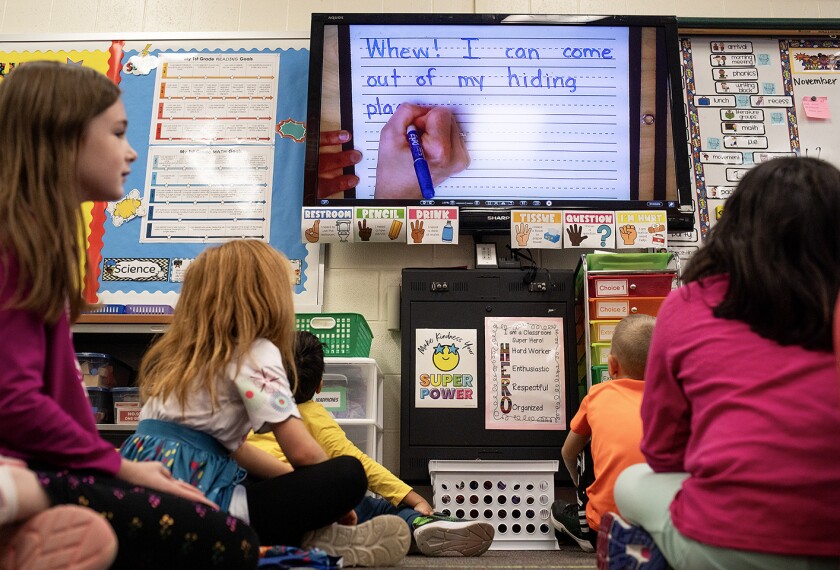Head of School The Windward School
The article “Experts Fear Handwriting Will Become a Lost Art,” (Jan. 25, 2012) reported that while experts fear handwriting is becoming a lost art, a summit was held in Washington, D.C., to make a case for teaching handwriting. This is not the first time that handwriting has been given up for dead.
In the Feb. 13, 2009, issue of Newsweek, an article titled “The Curse of Cursive” predicted the doom of writing in longhand: “Penmanship, like hieroglyphics and the IBM Selectric, has lost its purpose. Let’s erase it for good.” Another piece, “The Handwriting Is on the Wall,” published in 2006 in The Washington Post‘s Higher Education blog, claims that many teachers are not concerned about the drop in the use of cursive, while scholars point to research that shows children without proficient handwriting skills produce simpler, shorter compositions.
With populist outcries for doing away with cursive and with apparent teacher apathy toward its demise, it is time to examine the evidence that supports the teaching of handwriting in our schools.
Unfortunately, students are receiving less and less instruction in handwriting. Vanderbilt University professor Steve Graham found in 2003 that primary grade teachers spent less than 10 minutes a day on handwriting. He found the decline in the instruction of handwriting and its diminished use by students is not because handwriting has lost its purpose; it is due to a lack of teacher preparation, as a majority of teachers admitted they had no training and no curriculum materials for it.
To paraphrase Mark Twain: Reports of the death of handwriting are exaggerations. Handwriting is alive and well at my school and others where instructional practice is informed by the research and supported by a comprehensive professional-development program that includes strategies for teaching handwriting. There is clear evidence that handwriting is an important tool in the acquisition of reading and writing skills and should be part of every language arts program.
John J. Russell
Head of School
The Windward School
White Plains, N.Y.




